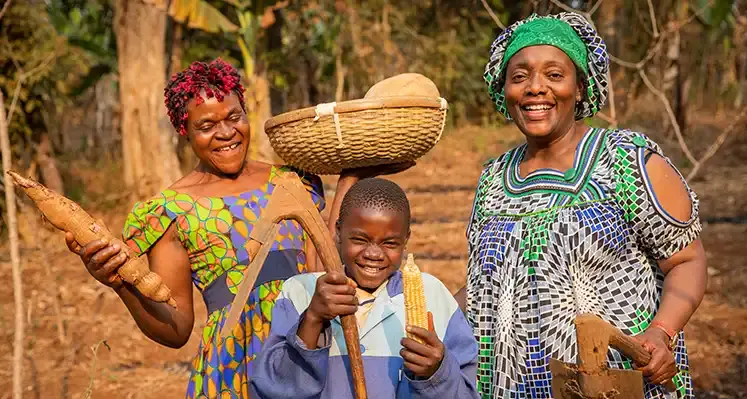Agriculture is a cornerstone of Niger’s economy, contributing approximately 33% of the nation’s GDP and employing around 71% of the working population, with smallholder farmers forming the backbone of food production and rural livelihoods.
To strengthen agricultural development and improve living standards, the Food and Agriculture Organization (FAO) of the United Nations has launched a US$2.7mn project aimed at supporting farmers’ organisations in the Dosso and Tillabéri regions. The initiative is financed by the Global Agriculture and Food Security Program (GAFSP) and was formalised through a memorandum of understanding signed on 13 December 2025 in Niamey by Prime Minister Mahaman Ali Lamine Zeine and FAO Niger Representative Al Hassan Cissé.
The three-year programme is designed to primarily benefit the Federation Mooriben, one of Niger’s largest and most influential farmers’ organisations. Mooriben unites 29 agricultural cooperative unions across Niamey, Dosso, and Tillabéri, operating through 1,541 groups in 732 villages. The project aims to enhance agricultural productivity, nutrition, environmental sustainability, and overall livelihoods for federation members and their wider communities.
The initiative is built around three key pillars. First, it seeks to strengthen the organisational, technical, and administrative capacities of the Federation Mooriben, enabling it to operate more efficiently and provide better services to farmers. Second, the programme supports producers in developing climate-resilient agricultural value chains, equipping farmers to mitigate risks associated with climate change while improving productivity and income. Third, FAO will ensure coordination, monitoring, and knowledge sharing to promote transparency, scalability, and the replication of best practices across the agricultural sector.
Al Hassan Cissé emphasised the project’s people-centred approach, noting its focus on empowering farmers to mobilise and manage investments, and fostering sustainable income-generating activities with a particular emphasis on women and youth. He highlighted that farmers’ organisations serve as crucial intermediaries between government authorities and rural producers, facilitating access to technical assistance, market information, and policy support.
The initiative builds on the Federation Mooriben’s existing achievements. In 2024, the federation mobilised CFA395.4 million from partners to fund projects such as seed production, agricultural research, and innovation, demonstrating its capacity to drive meaningful development. The FAO-supported project is expected to amplify these gains, strengthening the federation’s ability to improve food security and agricultural resilience in Niger.
By enhancing farmers’ organisations, the programme aims to increase agricultural productivity, support climate adaptation, and promote sustainable rural development, delivering lasting benefits for communities in the Dosso and Tillabéri regions.












